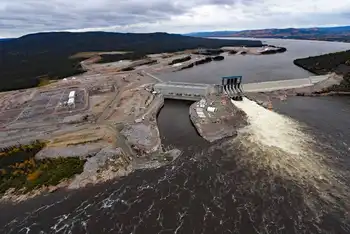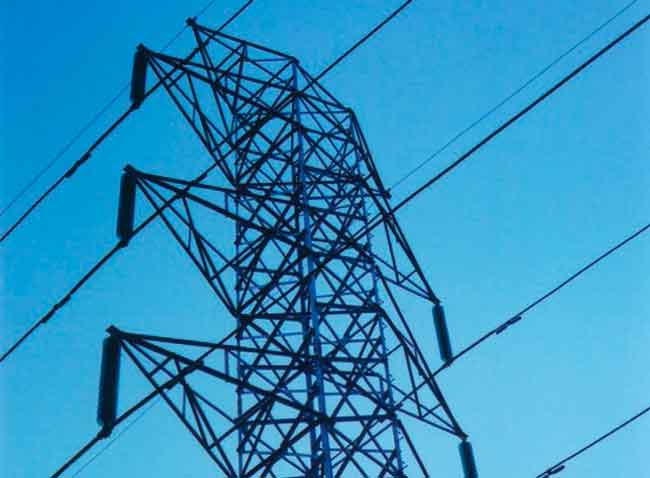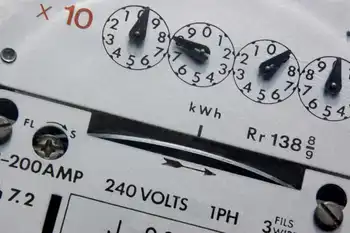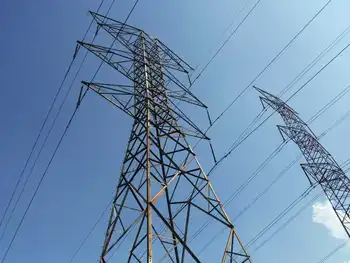FPL may exceed standards to ensure reduced damage to poles during hurricanes
SOUTH FLORIDA - Florida Power & Light Co.'s utility poles were up to - and even exceeded - industry standards before Hurricane Wilma last October, according to an FPL consultant. But for hurricane-prone Florida, the firm said those standards may not be high enough. FPL hired international engineering company KEMA Inc. in the wake of the Oct. 24 storm to examine damage to the utility's infrastructure from the storm that left thousands of customers without power for weeks.
"It is worth considering the possibility of using criteria exceeding minimum code standards in an effort to reduce the extent of damage that can be expected during extreme wind conditions," said the report.
Wilma caused extensive damage to the infrastructure of the Miami-based electric utility: more than 11,000 distribution poles and nearly 100 transmission structures were affected. The report also gives some insight into which parts of FPL's infrastructure failed in Hurricane Wilma and what the utility needs to improve.
Minimum industry requirements call for distribution poles to withstand wintery weather and at least 60 mph winds.
"It's different when you have frost and freeze than tremendous wind," said Mike Bedley, partner of Davie-based APEX Power Services Corp., which works with businesses on reducing their utility costs. "Does the rate-payer want to bear the cost of the burden?"
Ratepayers would have to pick up the tab for any infrastructure improvement costs, whether it's burying lines underground or installing newly designed utility poles.
Bedley said FPL shareholders should shoulder some of that burden. "When I was shut down for five days, did I get to bill it to somebody?"
KEMA will follow with recommendations to the study, available to the public online after FPL recently filed it.
"That's the purpose of the study," said Pat Davis, spokeswoman for FPL. "Though the system did well, if there are things we can do to make it better, we certainly will take those measures."
FPL commissioned KEMA to study its maintenance and equipment standards following regulators' questions after Hurricane Wilma wiped out electricity for 3 million customers last October.
Damaged transmission lines, high-voltage lines that connect to a power plant, were one reason for the massive power failure in South Florida after Wilma. The report says wood poles for the transmission lines met the required design codes at the time of installation, but that FPL now is using an updated design.
Davis said FPL also will be talking to KEMA about ways to improve its installation of crossbrace bolts on the transmission-line structures, which also were cited by KEMA as causing 30 tower failures.
FPL substation outages, thought to be the prime cause for electrical failure after Wilma, were mostly due to transmission- line problems, according to the report. Only eight substations required equipment repair, KEMA said.
Davis said KEMA reports a different number of damaged substations than FPL had. "That's the kind of thing we will continue to look at," she said.
More than 11,000 distribution poles, which carry the lines feeding electricity to customers, failed in Wilma. But that was relatively small, 1.5 percent, compared with 10 percent in Hurricane Andrew, a Category 5 hurricane in 1992.
Wilma's high winds snapped many distribution poles, while others were felled by trees and some had the "presence of deterioration," the report said.
KEMA's data only pertains to FPL-owned poles. The damaged-pole issue is more complicated because many Florida utilities share poles.
Florida's Public Counsel Harold McLean said he plans to check how many of the damaged utility poles were BellSouth's. "We don't know which proportion that fell were Bellsouth's," he said.
BellSouth's spokeswoman Marta Casas-Celaya said 67 percent of the telecom company's poles carry other utilities. Three percent, or 6,900, of BellSouth's poles were affected by the hurricane, she said.
McLean said the PSC and Legislature would have plenty of questions about the utility pole study before approving FPL's proposal for a $1 billion bond issue to recover hurricane costs and rebuild its reserve for future storms. FPL has 120 days, or just before Memorial Day, to make its case.
Related News

Planning for our electricity future should be led by an independent body
ST. JOHNS - Maintaining a viable electricity network requires good long-term planning. The existing stock of generating assets can become obsolete through aging, changes in fuel prices or environmental considerations. Future changes in demand must be anticipated.
Periodically, an integrated resource plan is created to predict how all this will add up during the ensuing 25 years. That process is currently underway and is led by Nova Scotia Power Inc. (NSPI) and will be submitted for approval to the Utilities and Review Board (UARB).
Coal-fired plants are still the largest single source of electricity in Nova Scotia. They need to be replaced…




